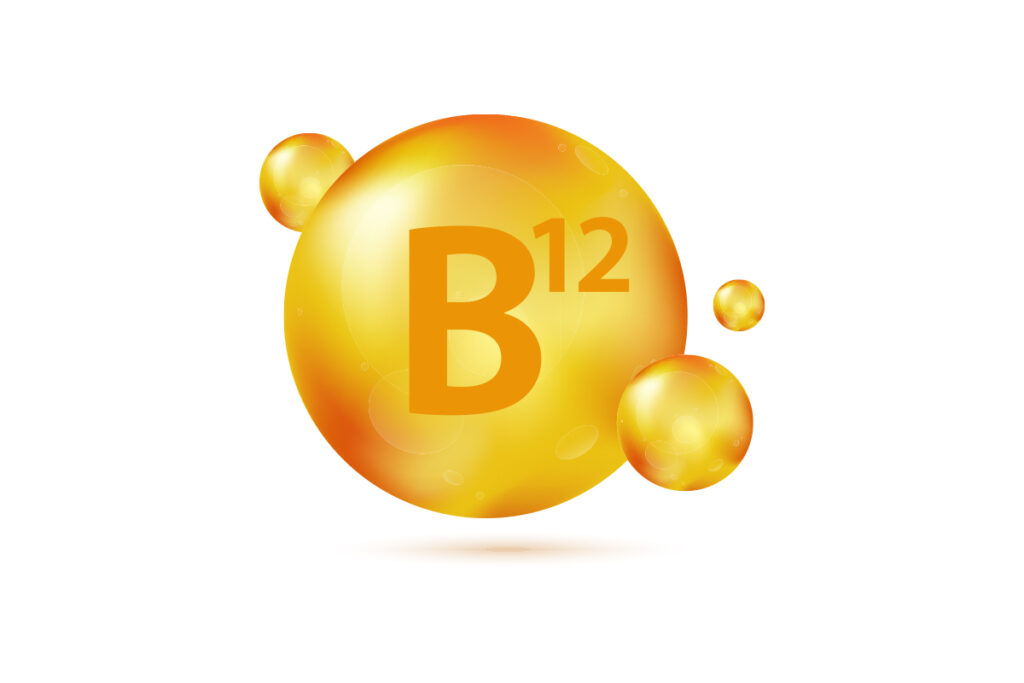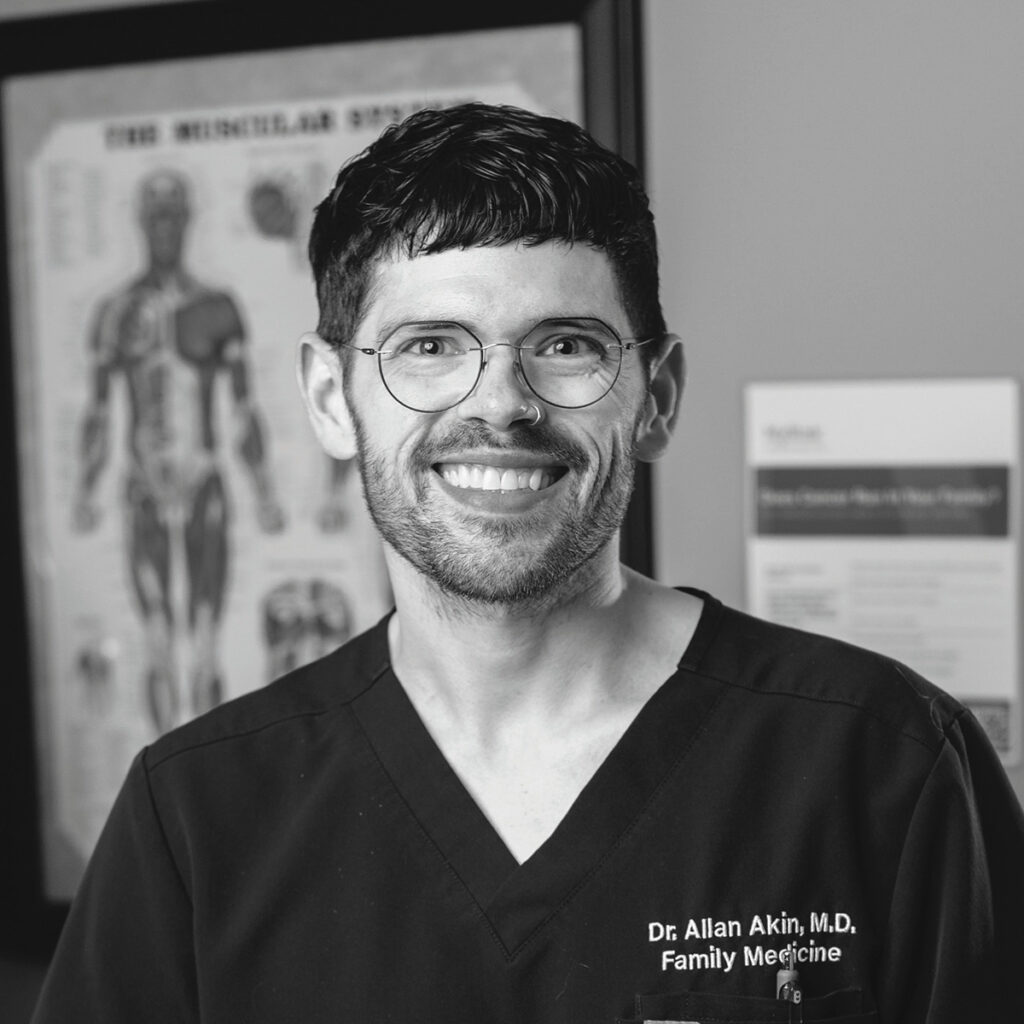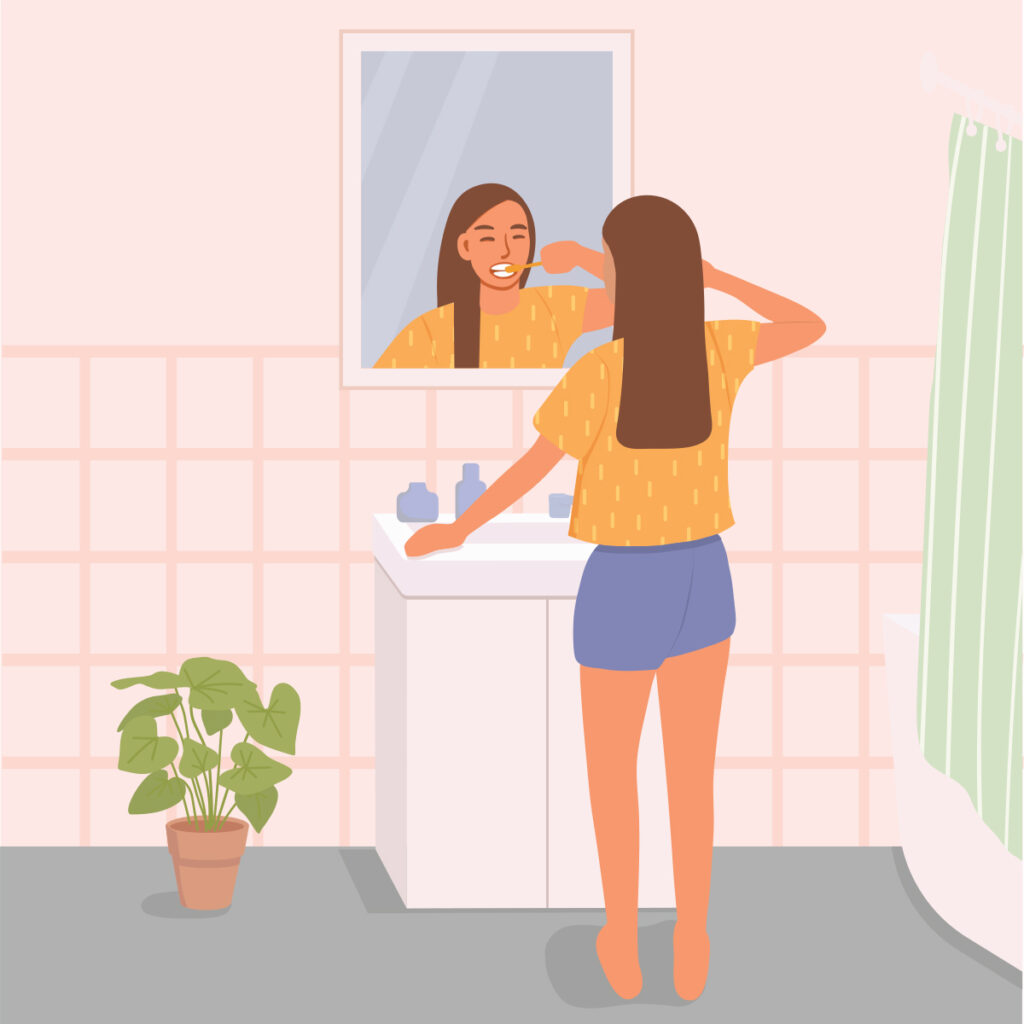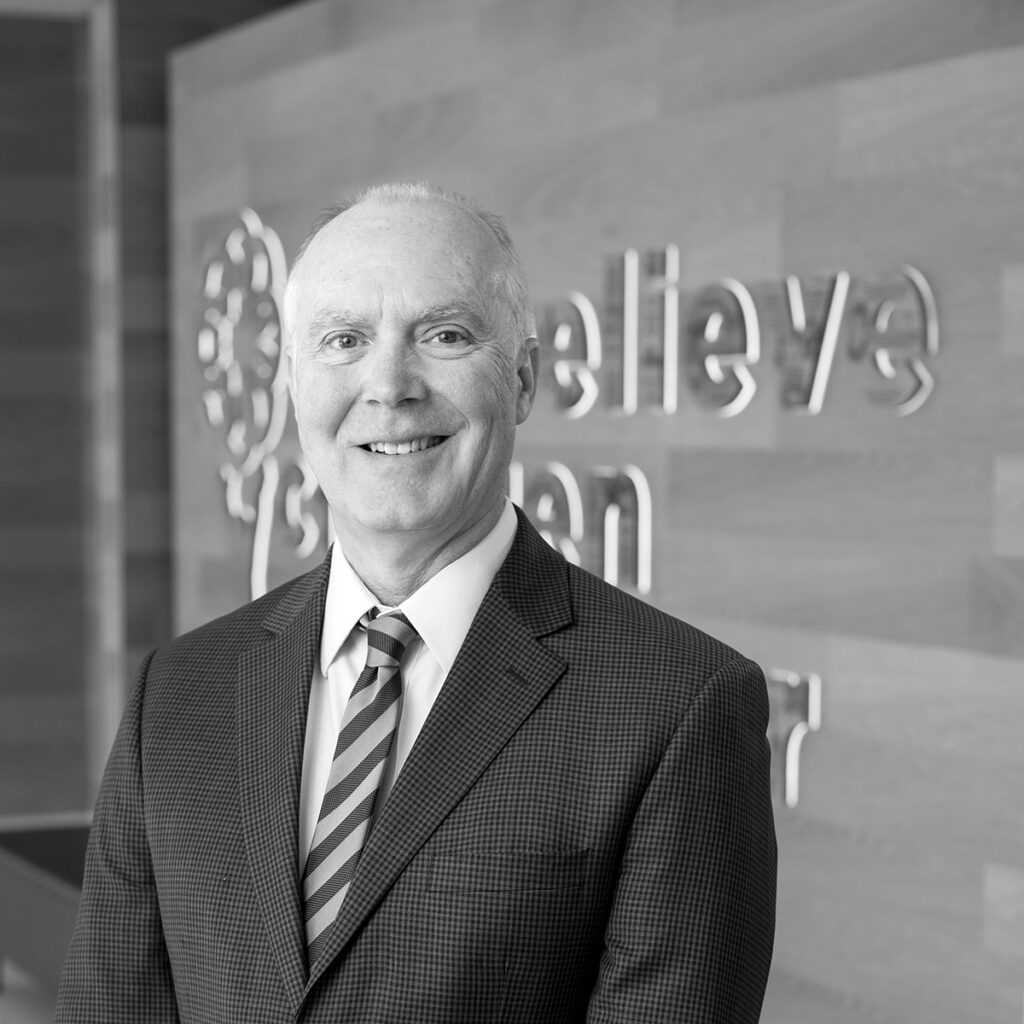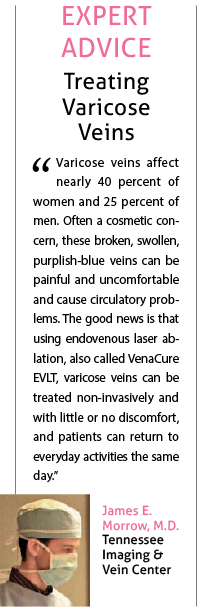 Blue, swollen, and twisted, varicose veins are a common condition that can be caused by various factors. While they often have few signs and symptoms, these bulging or purplish-blue veins can potentially cause burning, throbbing, or muscle cramps in the lower legs, itching around veins, pain after sitting or standing for a period of time, an aching or heavy feeling in the legs, or skin ulcers near ankles. Varicose veins can be genetic, but there are other factors that can lead to this uncomfortable condition.
Blue, swollen, and twisted, varicose veins are a common condition that can be caused by various factors. While they often have few signs and symptoms, these bulging or purplish-blue veins can potentially cause burning, throbbing, or muscle cramps in the lower legs, itching around veins, pain after sitting or standing for a period of time, an aching or heavy feeling in the legs, or skin ulcers near ankles. Varicose veins can be genetic, but there are other factors that can lead to this uncomfortable condition.
Lack of Movement Standing or sitting for long periods of time can force your veins to work harder to pump blood to your heart. The wear and tear can raise your risk of developing varicose veins.
Gender Because of hormonal changes during pregnancy, premenstruation, or menopause, women are more likely to develop varicose veins. However, they affect men, too.
Age Aging causes the valves in your veins to wear down, which over time causes the valves to allow some blood to flow back into veins where it collects instead of flowing up to the heart.
Obesity Extra pressure can be put on veins if you are overweight.
Leg Trauma Traumatic damage to the valves in your veins (or previous blood clots) can weaken their ability to move blood to the heart.
Many of the risks of developing varicose veins cannot be avoided. Oftentimes self-care, such as exercise, wearing compression stockings, or elevating your legs, can prevent varicose veins from worsening. If you’re concerned about their look and feel or experience any of the discomfort mentioned above, it’s time to see a doctor.

